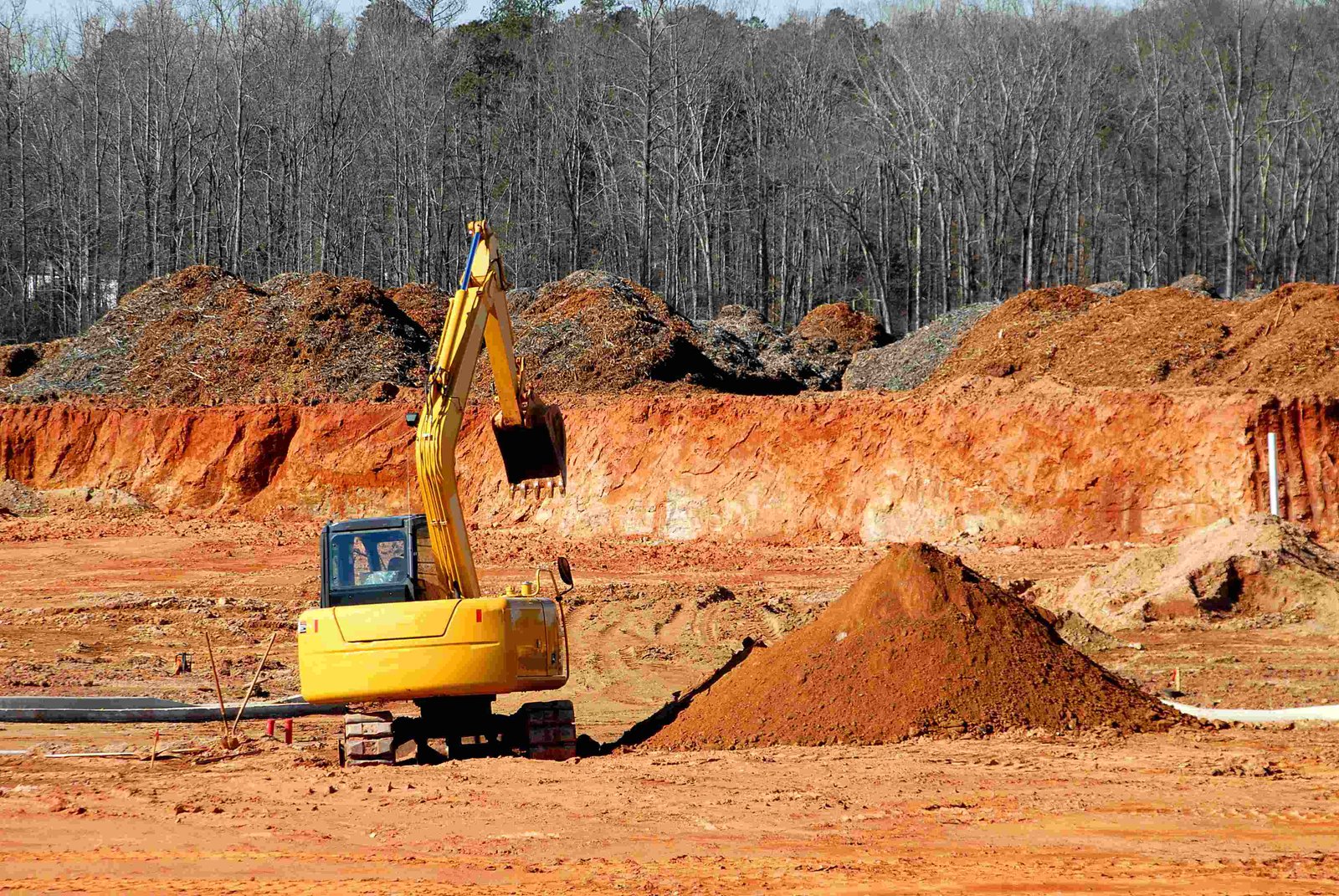In the world of technical design, the results of any endeavor often hinges on the careful selection of components. Among these, air-driven and hydraulic systems play a key role in a diverse array of contexts, from production automation to mobile machinery. Comprehending the particular requirements of these systems, along with their advantages and limitations, is critical for designers tasked with developing effective and trustworthy solutions.
When it comes to the choice of pneumatic and hydraulic elements, a variety of factors must be taken into account. From pressure ratings and flow rates to temperature tolerance and maintenance needs, each aspect contributes to the overall performance and longevity of the system. This manual aims to provide engineers with the insights needed to navigate the challenges of component selection, ensuring that they can make informed decisions that enhance system performance and meet project objectives.
Understanding Pneumatic and Fluid-powered Systems
Pneumatic and hydraulic systems are vital mechanisms used in a wide range of manufacturing processes. Pneumatic systems use pressurized air to deliver and control energy, making them perfect for tasks requiring quick motion and low force, like in equipment and automated systems. The minimal characteristics of air facilitates for swift operations, adding to productivity in manufacturing and assembly operations. These systems typically include compressors, cylinders, control valves, and control devices that work together to achieve desired movements.
Conversely, hydraulic systems use hydraulic fluid to produce power, which allows them to generate much greater force than air-powered systems. This renders hydraulics the favored option for heavy machinery, such as excavators and presses, which require high lifting power and precision. Components of hydraulic systems include hydraulic pumps, cylinders, tubing, and valves that facilitate the movement and control of hydraulic fluid, permitting powerful operation.
Understanding the fundamental differences between these two systems is essential for designers involved in the selection of fluid and air-based components. The choice between pneumatic and hydraulic systems often hinges on factors such as the necessary power, velocity, and the particular use case. By meticulously assessing these factors, engineers can make wise choices that guarantee best results and consistent operation in their projects.
Criteria for Component Choosing
When selecting air-powered and hydraulic parts, it is important to account for the particular requirements of your application. This includes evaluating the operating pressure, flow rates, and the type of fluid used. Each use case may have distinct demands, and neglecting to consider these elements could lead to part failure or inefficient operation. Engineers should additionally consider the environmental conditions, such as heat and exposure to corrosive elements, which can impact the longevity and functionality of the parts.
Another vital factor in component choosing is compatibility. The substances and sizes of the parts must match not only each other but also the entire system design. For example, using incompatible substances can lead to leaks, whereas incorrect sizes can lead to problems or even system failure. It is essential to consult manufacturer guidelines and advice to ensure that all components will function seamlessly in the desired setting.
Finally, price and availability play an integral role in the choosing procedure. While premium parts may appear attractive, they may not always be the most cost-effective solution. Engineers must balance the benefits against the budget constraints and factor in the long-term maintenance and replacement costs associated with the selected parts. In addition, sourcing parts from trusted suppliers can avoid delays in task timelines and guarantee quality and support when needed.
Best Practices in Component Integration
When merging pneumatic and hydraulic elements into networks, it is crucial to confirm compatibility among all pieces. This includes reviewing the specifications of each part, such as pressure ratings, flow capacities, and dimensions, to avoid any likely issues during operation. aventics should review technical datasheets and producer recommendations to confirm that all parts work in unison, as mismatches can lead to failures.
Additionally, proper layout and design of the setup are important for best performance. This involves maintaining adequate distances between components, using the correct fittings and connectors, and confirming that hoses and tubes are properly held and routed. Designers should also factor in accessibility for maintenance and troubleshooting, favoring designs that enable easy inspection and replacement of elements without disrupting the whole system.
In conclusion, regular testing and validation of the installation after assembly can help identify any issues that may arise during functioning. Performing tests or pilot tests allows designers to collect valuable data on the system’s performance and adjust as necessary before complete deployment. By following these best practices, technicians can boost reliability and ensure long-term success in their pneumatic and hydraulic systems.
